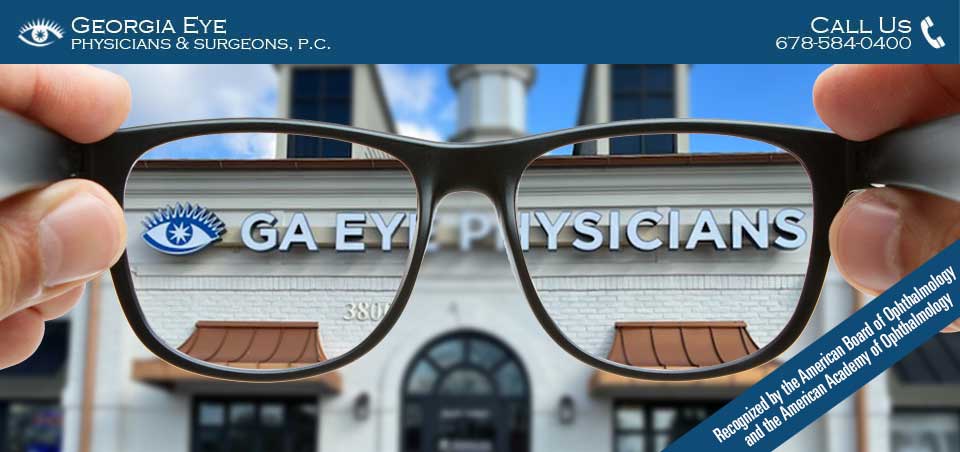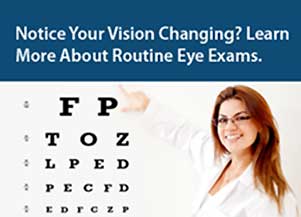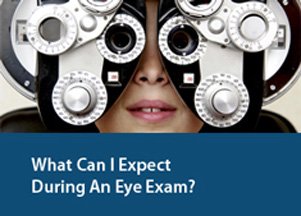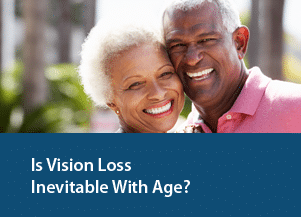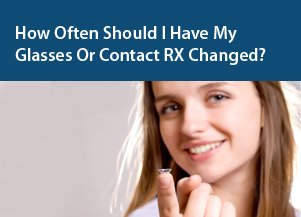Common Myths about Eye Strain
Chances are that, if you are sitting in front of a computer, reading this right now, you are more than likely at risk for developing eye strain. The U.S. Bureau of Labor Statistics reported in 1998 that more than 75 million workers sit at computers every day and that more than 70 percent of these people are affected in some way by Computer Vision Syndrome (CVS), a form of eye strain specific to long term computer use. The National Institute of Occupational Safety and Health (NIOSH) further estimated that nearly 88 percent of all computer users will develop CVS at some time in their lives. But computer vision syndrome is not the only form of eye strain. The muscles that control the eye’s focus can become fatigued as a result of any prolonged activity requiring tight focus, like driving, reading, or even watching television. People suffered from eye strain long before computers became a part of our everyday lives. However, despite our long-standing familiarity, there are a number of myths and misunderstandings about the condition that have persisted over the years. While eye strain is inconvenient and often uncomfortable, it is far less serious than many believe, and can, in many cases, be easily treated.
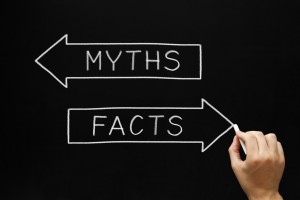
Many of us heard this refrain from anxious mothers while we were growing up, but fortunately, it is simply not true. Sitting closer than necessary to the television forces the eyes to work harder to focus, a task which can cause eye strain and headaches in adults. However, younger eyes can actually focus much tighter with far less effort than eyes that have aged, so this behavior is natural to children and completely safe. There is no evidence that this damages their eyes, and the habit usually diminishes as children grow older. Studies have also shown that, when focusing on video displays, people tend to blink far less than usual. This can result in dry, itchy eyes but is also just a temporary phenomenon. Still, periodic breaks are recommended, and a genuine need to move closer in order to see more clearly may be an indication of nearsightedness, or myopia. If someone is sitting uncomfortably close to the television, it may be that they need a pair of glasses, but it is not the close focus itself that is causing the problem.
MYTH: Reading in the dark will weaken your eyesight.
Again, as with sitting too close to the television, you may feel eyestrain or get a headache from reading in the dark, but it will not weaken your eyes. While the muscles around your eyes can grow fatigued, and vision is undoubtedly less clear in darker conditions, this in no way “wears out” the lens. Think of your eyes like a camera. Taking a picture in the dark will probably produce an inferior image, but it will not damage the lens in any way. Similarly, using your eyes in dim light does not damage them. For centuries, all nighttime reading and sewing was done by candlelight without negative effects. However, good lighting does make reading easier and can prevent eye fatigue.
MYTH: Using glasses or contacts will weaken your eyesight, making you dependent on them.
This idea is based on the misconception that glasses or contact lenses somehow change the physiology of your eye, and that does not happen. Your eyes will not grow weaker as a result of using corrective lenses. Unfortunately, since neither eyeglasses nor contact lenses cure the underlying eye conditions, many patients’ lens prescriptions do change over time due to aging or the presence of disease. Though it may seem that your eyes are getting worse, this is not the result of your prescription eyewear.
If you are interested in any of the many services offered at Georgia Eye Physicians and Surgeons, or would like to make an appointment for a comprehensive eye exam, please contact us today. Be sure to follow Dr. William Segal and Dr. Marc Lay on Facebook, Twitter, and Google+ for more tips for healthy eyes.
